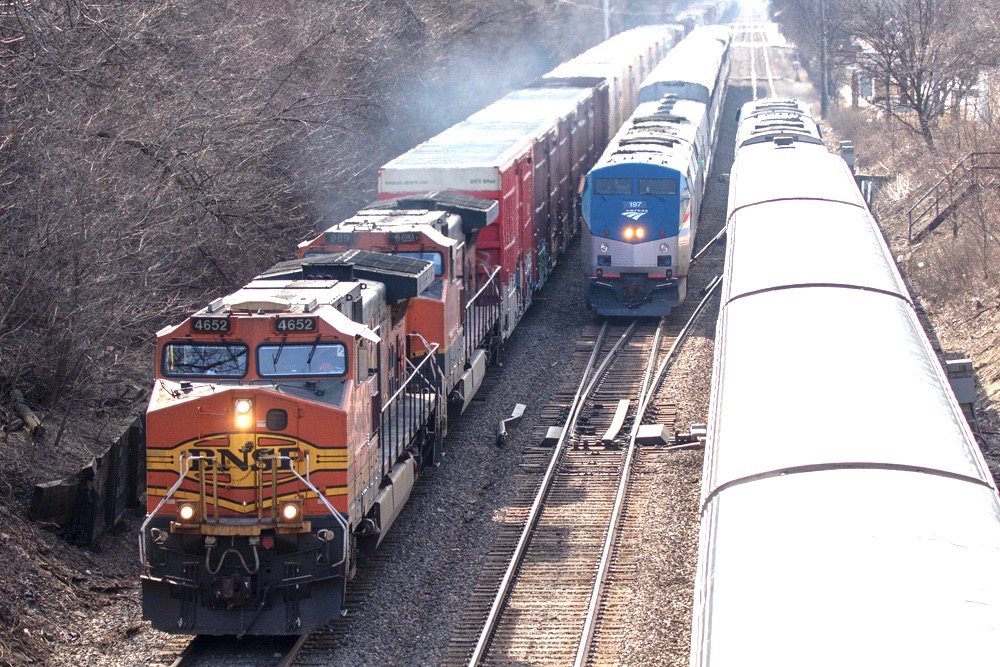
You can’t blame Amtrak for being disappointed with the on-time performance of its long distance trains, which roll off the vast majority of their mileage on host railroads. In the 12 months ending June 30, 2024, just 57% of long distance passengers arrived on the advertised. Amtrak’s No. 1 culprit for late trains: Freight train interference.
So now a frustrated Amtrak is flexing its legal muscles. In May it asked the Justice Department to enforce the right of preference that passenger trains are supposed to enjoy over freight trains. The Justice Department in July subsequently filed suit against Norfolk Southern for putting its trains in the way of the Crescent between Alexandria, Va., and New Orleans.
This, of course, came as the Surface Transportation Board was 18 months into its first probe of an Amtrak on-time performance complaint, which was brought in December 2022 against Union Pacific for the consistently tardy Sunset Limited.
Amtrak also hauled CSX and NS before the STB in 2021 to settle its long-running dispute over resuming Gulf Coast service between Mobile, Ala., and New Orleans.
The common thread? Amtrak, under CEO Stephen Gardner, is pursuing a scorched-earth policy against host railroads. You could argue that begging, pleading, and cajoling the freight railroads to run passenger trains on time got Amtrak precisely nowhere. And you’d be right.
But it’s just as clear that a lawyered-up Amtrak will not win any friends at Class I railroad headquarters. In fact, Amtrak’s legal guns blazing approach has damaged its already strained relationship with the railroads it must depend upon to keep its trains moving. The Justice Department suit blindsided the Class I’s, who are now more wary about dealing with Amtrak, no matter the issue.
An inconvenient fact for Amtrak: Nearly four years after new federal on-time performance standards went into effect, the schedules for nine of the 15 long-distance trains have yet to be certified as required. So when Amtrak says that no long distance train met the 80% customer on-time performance threshold, in the majority of cases it’s measuring against old schedules that have yet to be designed to meet the federal standards.
Freight railroad executives say that Amtrak’s criticism of host railroad on-time performance is a case of the pot calling the kettle black. They have a point. Customer on-time performance on the Northeast Corridor – which is under Amtrak control with the exception of the Metro North dispatched segment between New Haven, Conn., and New Rochelle, N.Y. – falls short, too. Overall customer OTP on Amtrak’s crown jewel was 79.1% in the 12 months ending June 30. Even the flagship Acela service failed to meet the standard, if only by a whisker.
The lesson here is that you can draw up new on-time performance standards – as the Federal Railroad Administration did in 2020 – but that does not mean trains will magically run to schedule.
Amtrak’s long-distance trains have never been a particularly reliable way to get from Point A to Point B. And friction between Amtrak and its freight railroad hosts is nothing new. The Class I railroads regard Amtrak as a nuisance – and one that they wish would go away. Amtrak is tired of having the law on its side but having nothing to show for it. It’s a sad state of affairs, especially if you’ve plunked down your money for a ticket and arrive hours late.
The key question, in my mind, is how can this persistent on-time performance problem be fixed? I posed this question to freight railroad executives, regulators, train dispatchers, and current and former Amtrak officials. Their suggestions:
For freight railroads
CEOs must make a commitment to running Amtrak trains on time – and they must make that clear to their operating departments and then hold officials accountable.
Don’t run so many trains over siding length on Amtrak routes. No-fitters delay other trains, freight and passenger alike. Amtrak doesn’t mind going into the hole for a UPS hotshot. But following a lumbering, underpowered 15,000-foot freight for mile after mile – and hour after hour – is the very definition of freight train interference.
Run the railroad to plan – and stick to the operating plan rather than rotating through new flavors of the month and making daily tactical decisions that introduce variability.

For Amtrak
Get your own house in order: Some 22% of delays are caused by Amtrak itself. Strive to eliminate mechanical problems, depart on time from origin, and hand your trains to host railroads as scheduled.
Realize 2024 is not 1974: Thanks to the Staggers Act of 1980, the Class I railroads by 1993 were handling 21% more revenue ton-miles on a network with 31% fewer miles of track. This concentration of tonnage on core routes means Amtrak faces competition for track space on main lines that are far busier than they were 50 years ago. So it’s unrealistic to expect the Class I railroads to part the seas for every Amtrak train.
Understand that performance incentive payments are chump change that won’t move the OTP needle. Today’s Class I railroads earn more revenue before lunch than they haul in from Amtrak incentives for an entire year.
For Amtrak and host railroads
Stop the finger-pointing and work together to solve problems, rather than asking courts and the STB to do it for you.
Analyze where persistent delays occur, fix operational causes, and then address whether capacity projects are required to eliminate bottlenecks. If so, work together to secure funding through public-private partnerships. But make sure public funding deals include clawback provisions so taxpayers don’t get fleeced by Class I’s if the capacity improvements don’t help passengers arrive on time.
You can reach Bill Stephens at bybillstephens@gmail.com and follow him on LinkedIn and X @bybillstephens






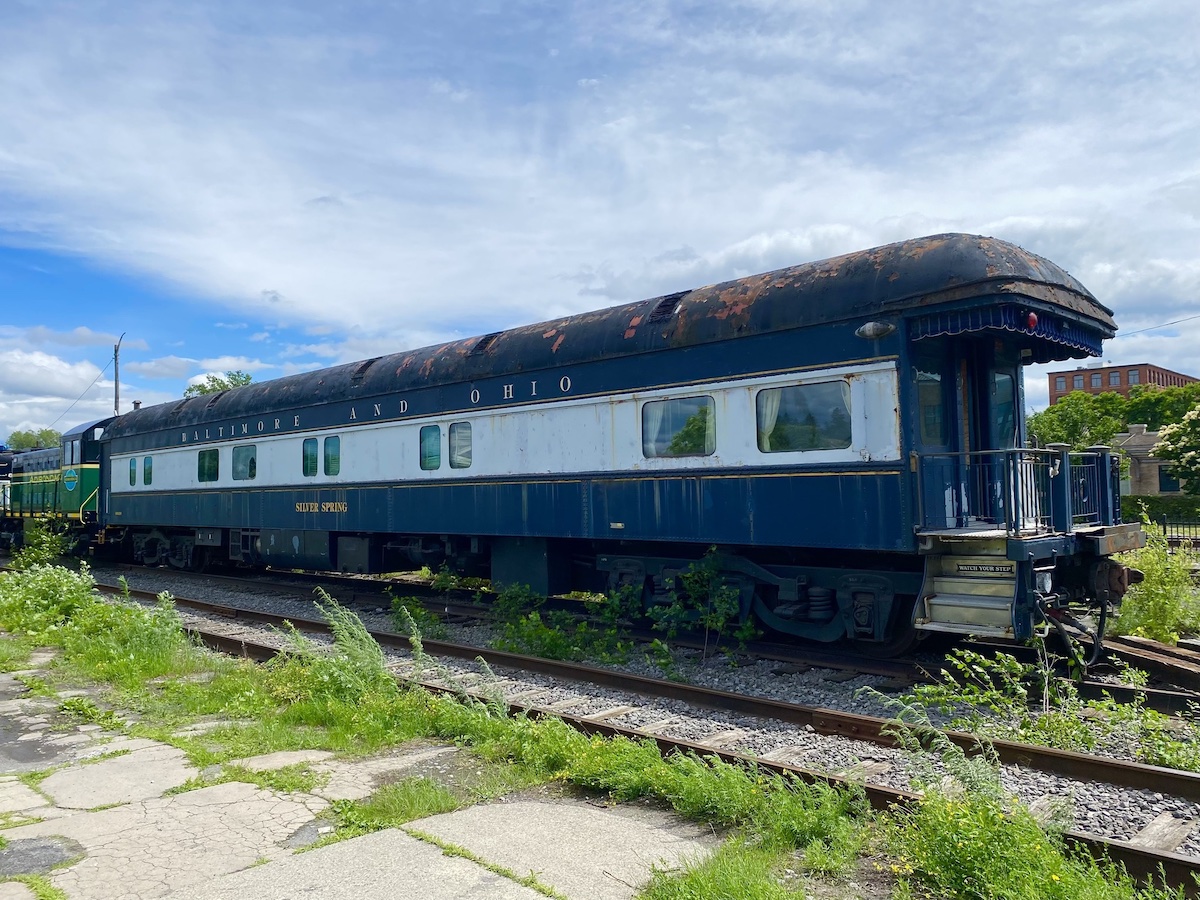
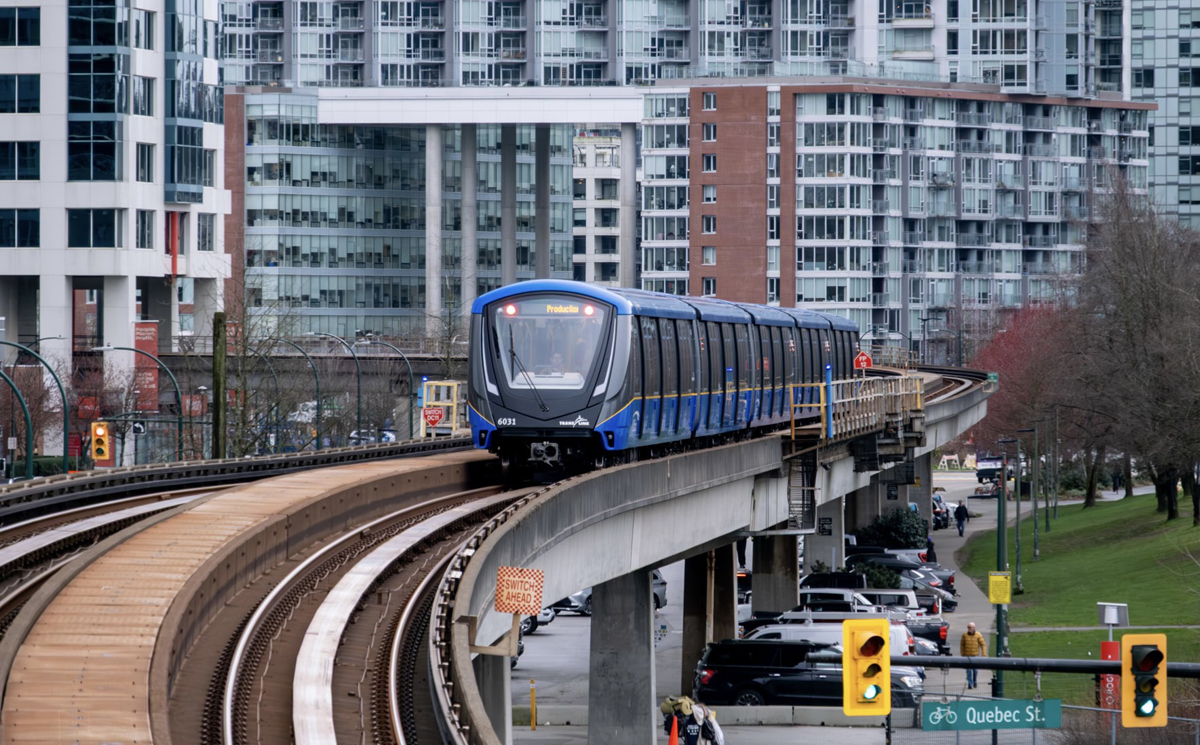
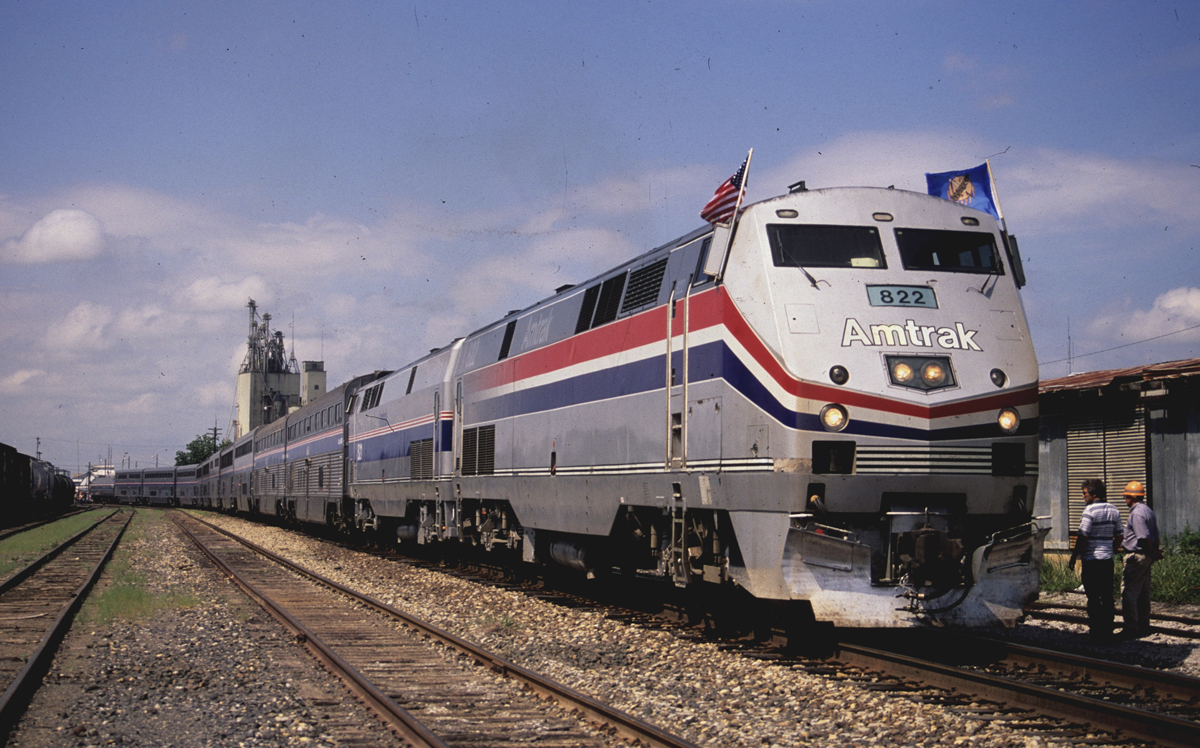
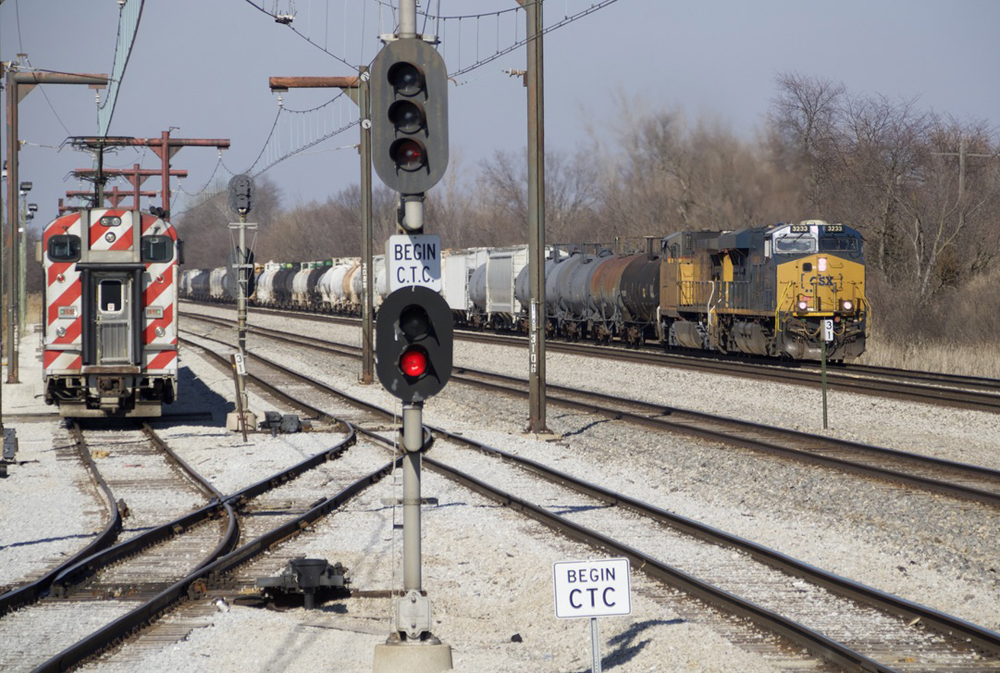




Amtrak’s company charter needs to be changed so as to make Amtrak a corridor and short-distance regional passenger train operator. That’s what its management choses to focus on anyway! Set up a new company, tasked with exclusively operating ALL current long-distance Amtrak passenger trains and headquarter the new company somewhere in the Midwest (Chicago, St. Louis, Kansas City, etc), anywhere but in Washington, DC. Take the several hundred million dollars Amtrak currently allocates to operate its long-distance trains and give that money to the NEW long-distance company. Hire a headquarters staff, who are experience in REAL passenger rail service (i.e. similar to folks at Rocky Mountaineer or Brightline) and tasked the new company to develop, modify and drastically improve the existing long-distance network, by collaborating with the Class 1 carriers and other stakeholders. Maybe then, we could see actual change and see an upgraded network worthy of the money being spent. Sadly, the current Amtrak management doesn’t have the interest, nor the knowledge base, to truly operate quality, long-distance passenger train service.
Freight railroads need a “Right of Refusal” to deny Amtrak’s presence on their rights of way.
Wrong, they just need to follow the law…unfortunately you no longer have operating personnel in leadership positions, but lawyers, bankers, accounts, etc., etc., etc.. Someone somewhere realizes that maintaining your track structure and operating Amtrak trains on time would also benefit your freight trains…except that it costs just a little more money. It only takes on CEO to do it right to prove to the rest that running Amtrak on time(and by default your freights) can increase freight volume and therefore revenue and profits.
Mr. McFarlane, PSE see the article referencing the delays caused by Amtrak itself. With Amtrak going “scorched Earth” with the freight railroads, there should be no further legal obligation on them for access. No forgiveness. Ever “Forgiveness” is a foible of weakness and failure. Let the government build its own railroad for Amtrak. Worked for the Vanderbilts, Goulds, etc., didn’t it? No purchasing of existing freight lines. Amtrak wants the benefits of a railroad without the expenses.
PSE keep in mind that a freight railroad is a customer service business in a competitive marketplace for the transportation of freight. Not people. Like any other business, it should have the right of refusal of service to an unreasonable customer. There are probably few Amtrak routes that require routing on a single railroad. If Amtrak isn’t happy with its current service, go to another railroad rather than litigate.
Like the rest of government, Amtrak needs to learn to live within its means. And, that a mandate carries limitations as well as expectations. All the Class 1’s need to send Amtrak a message about its decision to go to court. ‘Imagine having a railroad, But, with no tracks on which to operate. Other than the ones you already own? Just don’t let the door bruise your backside on the way out.’
They had plenty of time, plenty of chances, just nationalize the freight railroads.
You must be a Democrat voting for Kamala Harris because that is something only a socialist would say. The railroads own the rail and serving Amtrak is a courtesy. Amtrak should actually analyze the true amount of time it takes to go from point A to point B including all the things they have to do for themselves like throwing switches and back-up moves, so that their transit times are real time and not pie in the sky. If the feds really wanted to help out Amtrak they would impose train length regulations to help out rail meets and the public who must wait at crossings while 15,000 foot trains take 5 minutes to pass at 40 mph
I believe the reimbursement price to operate Amtrak trains is periodically renegotiated along with the penalty for not operating them according to schedule so if the RR’s think they deserve more to operate them then that is their opportunity. Paying the RR’s more will not ensure any more priority than they give them now they will just take the $$ & run, look how they treat their own customers who also pay them for their freight svc. The RR’s like those Federal infrastructure improvements that they get to facilitate Amtrak trains it saves them money they should already be investing themselves but don’t want to because it would cause the Execs & stockholders have less to pocket. Let’s face it RR’s (and many Corps) are basically sociopaths!
Here are two items to try:
1. Pay the freight railroads the full cost of running these long-distance trains with the condition that they meet OT standards.
2. If at all possible, resurrect dormant routes like the former Seaboard route between Petersburg and Raleigh for passenger service.
All this will cost much money, but you get what you pay for.
Yes, the carrot approach is better than the stick approach.
Amtrak should pay a slot’s FMV. Whatever the rate they are paying has not kept up with inflation and demand. CA’s Capitol Corridor pays UP an additional premium to first meet a 95%(?) OTP standard, and then an additional premium if they consistently maintain that OTP standard.
And which long distance routes shall we sacrifice to free up the cash to pay the freight carriers what the demand. The money has to come from somewhere and I don’t see Congress appropriating additional operating money simply to pass it on the the C1 carriers.
I understand the frustrations that Amtrak has with its Class 1 hosts but litigation is a long, slow trip, much like following a heavy, underpowered, too-long-for-the-sidings train down a single track line. The benefits of any court action accrue to the lawyers and are unlikely to do much for Amtrak or its customers.
Once upon a time, Amtrak had a vive president named Jim Larsen. He was Amtraks liason with the freight Railroads.
He was highly respected at Amtrak and with the freight Railroads as well.
When Amtrak wanted to implement a new route (those days are gone forever) Larsen went to the freight Railroads with Amtraks wants for a new service. The involved Railroads would let Larsen know what it would take it start the new service and Larsen went back to Amtrak to let them know what the Railroads need to make it happen.
Today, not only did get rid of the institutional knowledge that knew railroading but the freight carriers do the same.
Now it’s a clown show all around
Great post (as always) Mike.
Jim Larsen R.IP. Great man.
I have personally witnessed a CSX freight and the Amtrak Berkshire Flyer, both stopped side by side in Pittsfield, MA heading west and ready to proceed onto single track for about 20 miles. The CSX dispatcher let the slow and heavy freight occupy the single track ahead of Amtrak causing a significant delay in Amtrak’s departure. Amtrak then had to slowly follow the long CSX freight for 20 miles before it was able to pass at the next siding. Amtrak’s action is long overdo.
A third category: FOR PASSENGERS – Place a copy of this article in every seatback and room, along with a cover letter from Amtrak that sincerely says that “We are trying, but we will get there when we get there.” The idea is to lower passenger expectations without chasing them away.